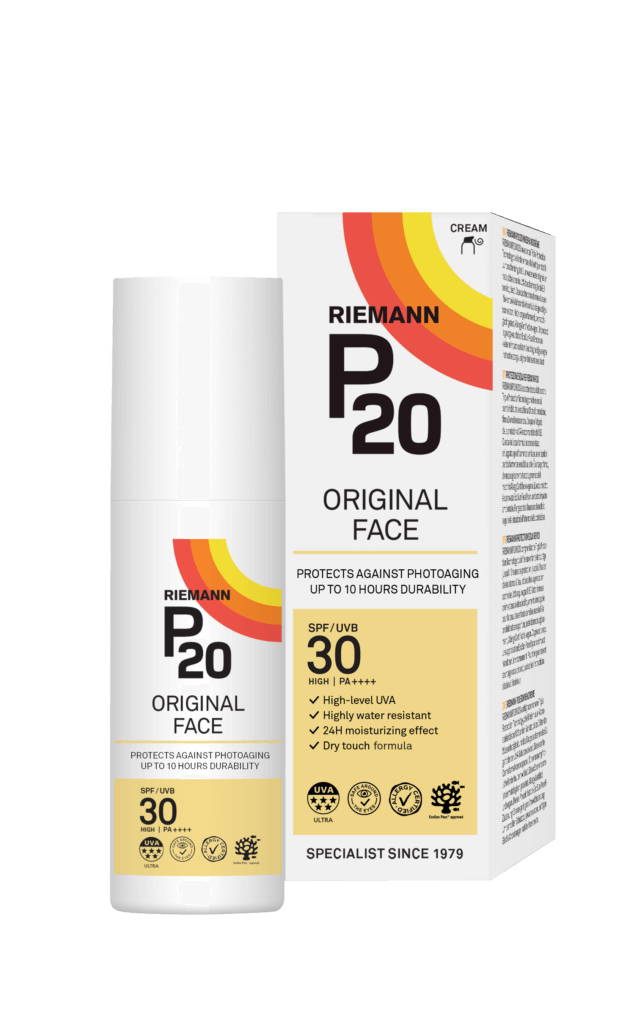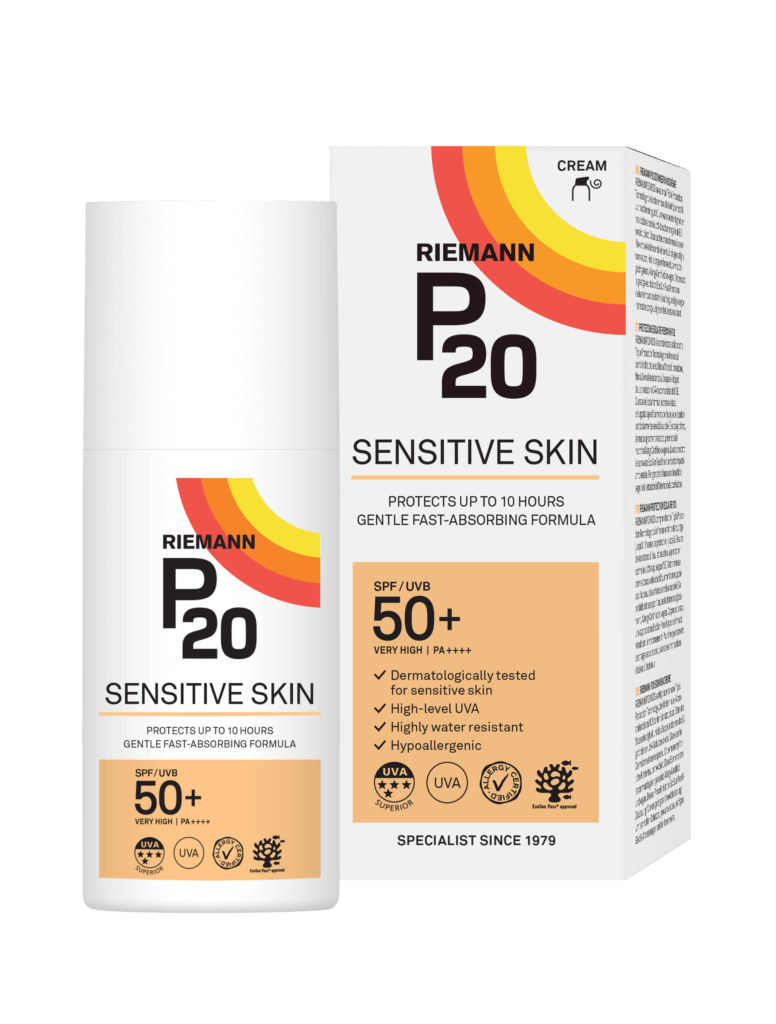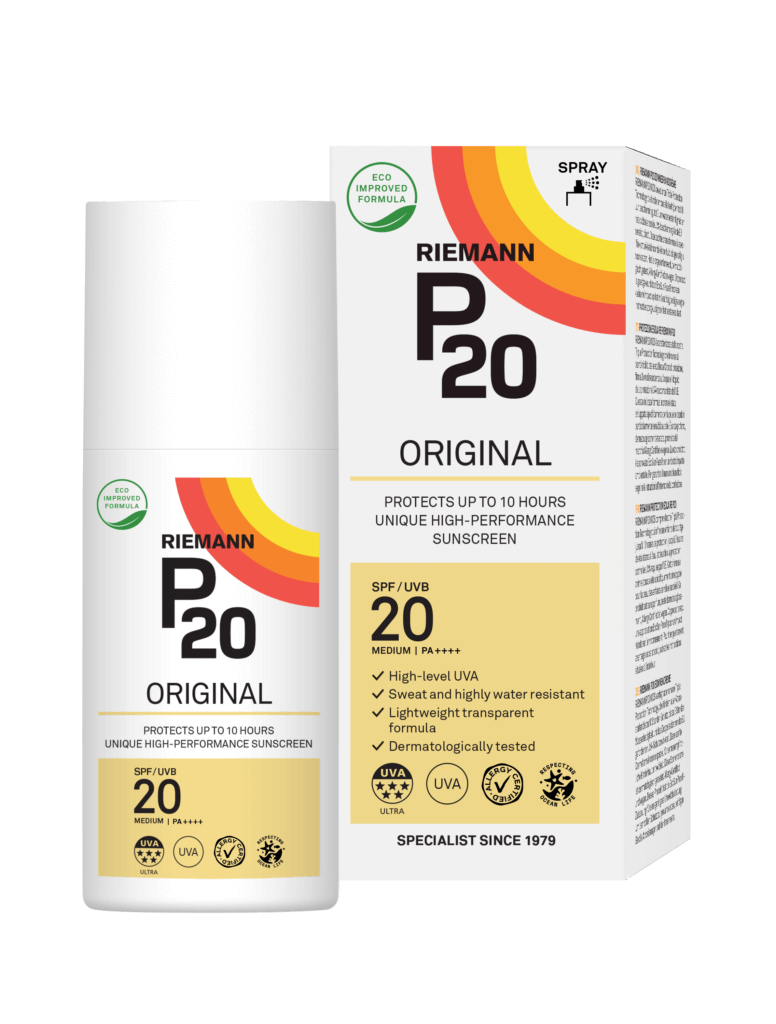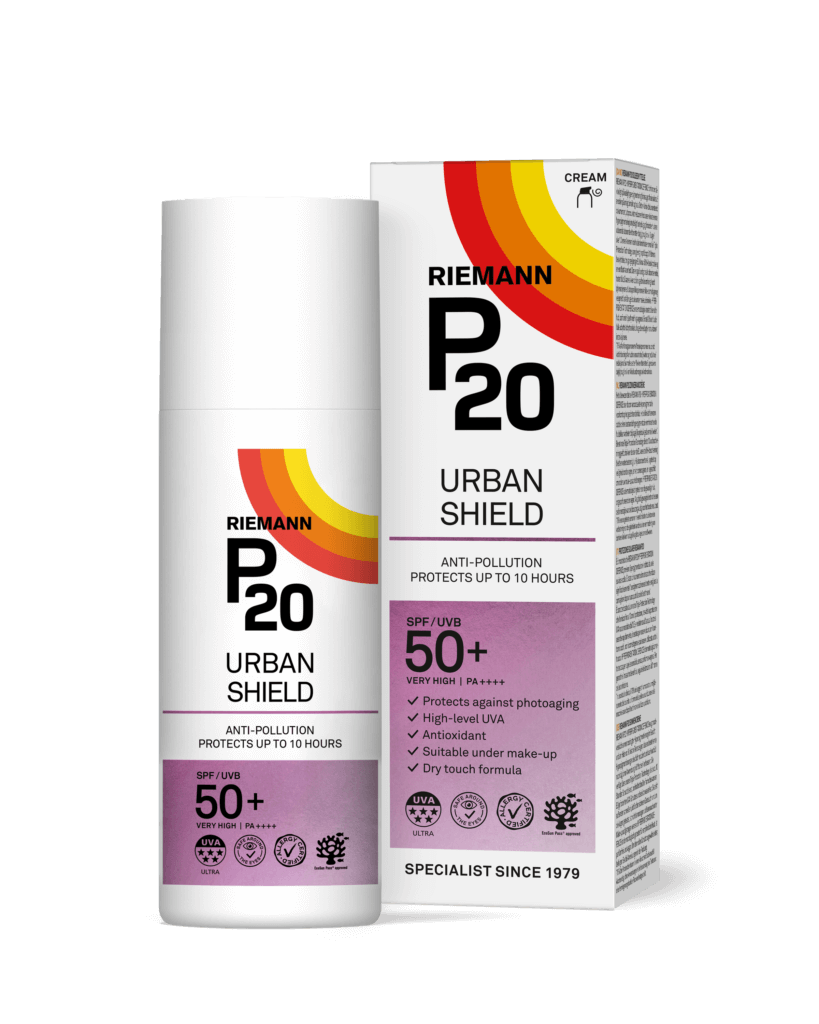
Original Face SPF 30
The improved Original Face SPF 30 has the same high performance sun protection but has been ecologically improved to only contain ingredients which are not known to be harmful for the coral reefs and marine environment, and has been EcoSun Pass approved for a reduced environmental impact. The new formulation has also been AllergyCertified – minimizing the risk of developing allergies.










